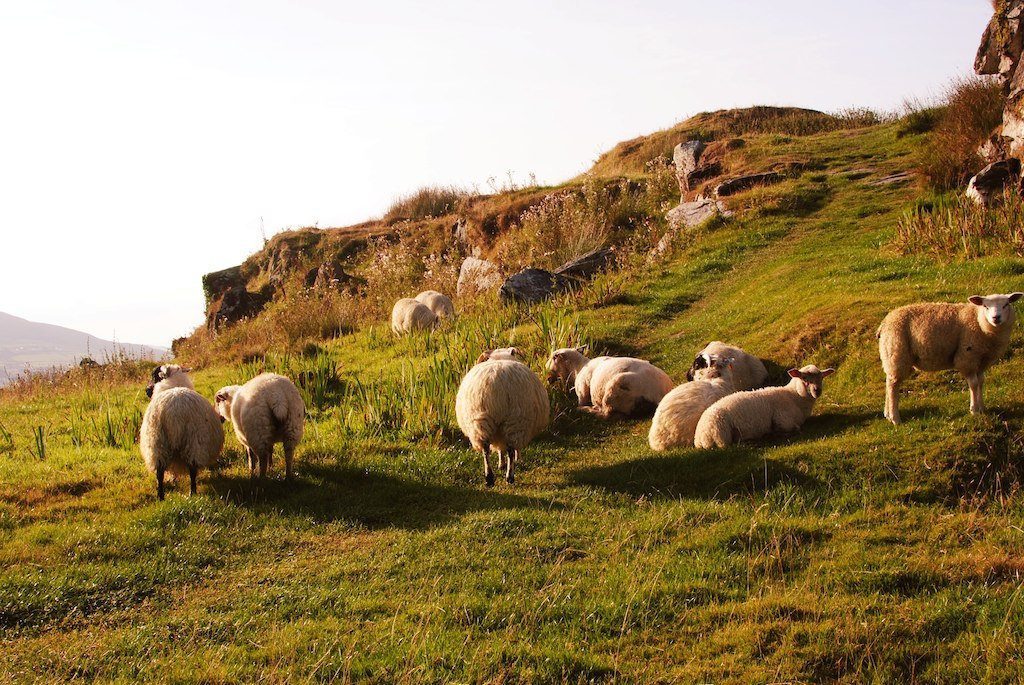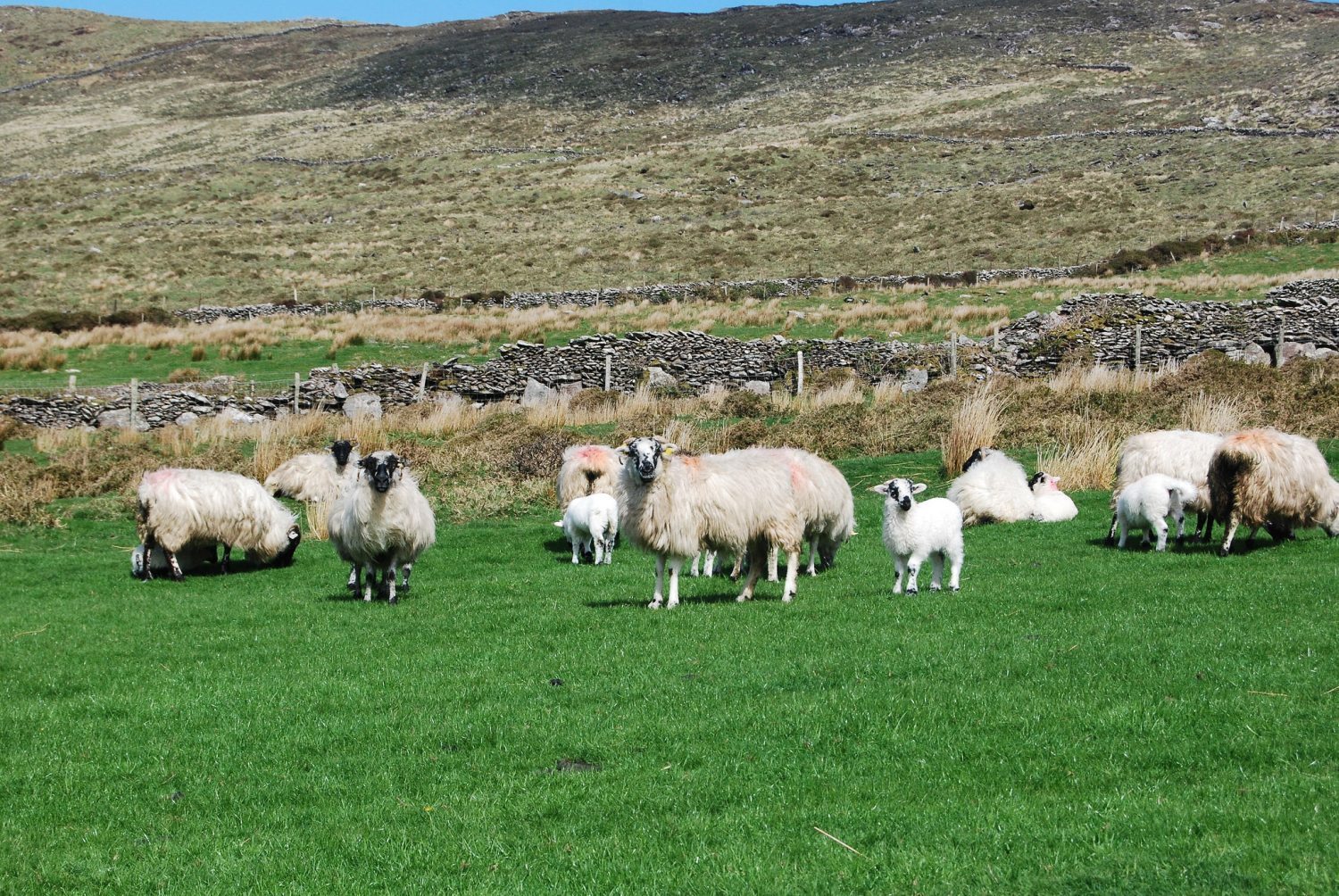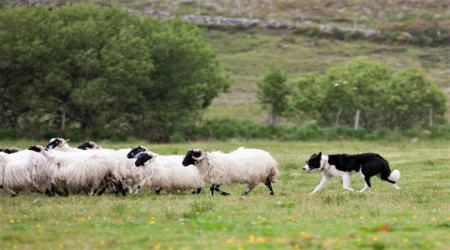About sheep Farming in Ireland
A Lamb Meat Production Industry
Ireland has a major lamb production industry. Sheep farming in Ireland is almost exclusively dedicated to lamb meat production. The animals are sheared each year to remove the fleece, but this is out of necessity, not economics. There is also a very small niche of dairy herds of sheep, producing specialist products such as sheep's cheese. The vast majority of Irish sheep farms though are dedicated to top-quality lamb meat production.
A combination of the ideal temperate climate with plenty of rainfall, and our highly skilled and experienced workforce has created Ireland's position as a leading Lamb producer and exporter.
Leading Europe's Lamb Production
Sheep farming is an important farming enterprise in ireland, with close to 35,000 farms engaging in sheep farming enterprise. Irish Lamb meat has a great image for being healthy, natural and environmental friendly making it a great export product. Ireland is the biggest exporter of Lamb meat in the EU even though it is only 6th in sheep production. There are seven export plants dotted around Ireland which together with the subsidiary services provide invaluable employment in the Irish countryside.
On the sheep farm tour of Ireland from Agri Tours you can observe both lowland intensive sheep farming and rough ground extensive farming.
Sheep farming has a vital role in terms of preservation and conservation of fragile hill and mountainous areas which you may visit on the sheep tours. Donegal and Galway including the beautiful Connemara region are among the most densely populated areas of sheep.
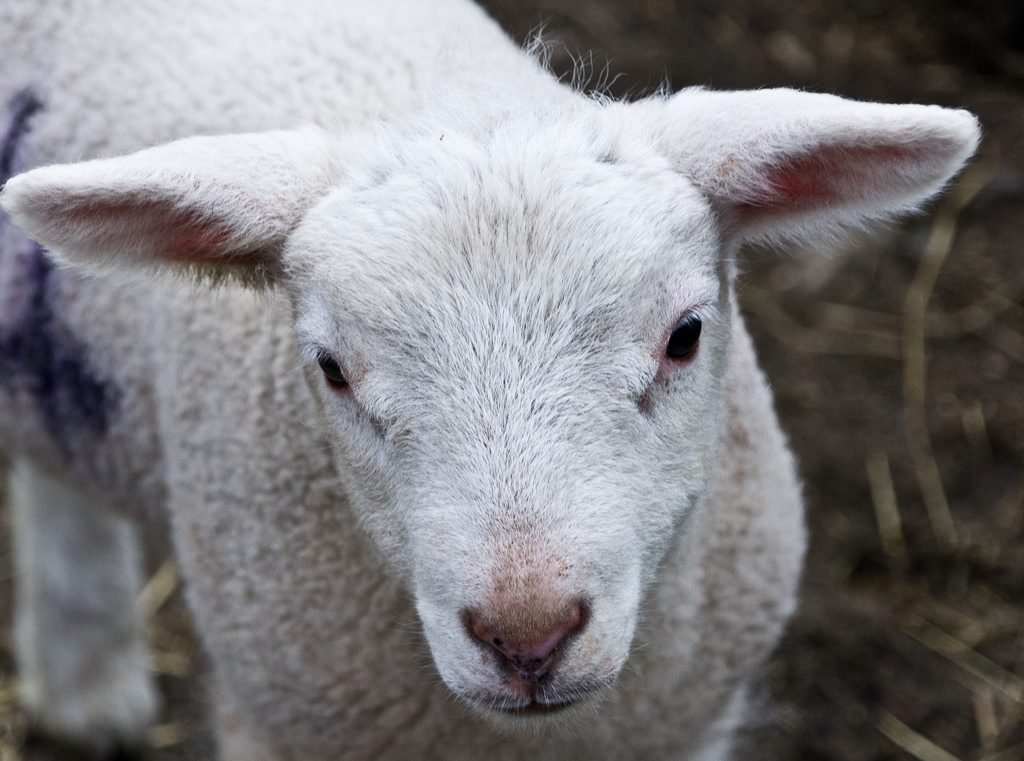
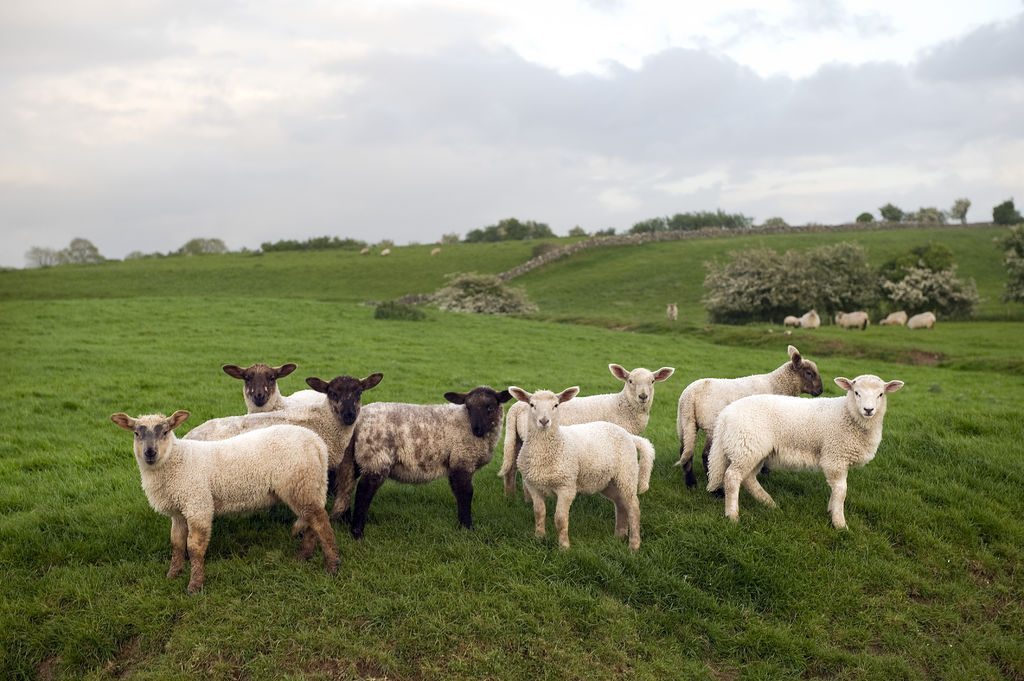
High Quality Lamb Products
Irish lamb is famed for being high in quality, natural and a nutrient dense product. Due to the mainly grass-based systems they feed on which we can arrange for you to see on the sheep farm tours, this gives Irish lamb an authentic tasty flavour. Irish lambs are reared free-range in the outdoors and in small flocks, with the average flock size being just over a 100 sheep according to the National Sheep and Goat Census by the Department of Agriculture.
Products and Exports
The sheep meat sector in Ireland is valued at over €270 million including indigenous and export markets. This includes wool and lamb skin which are other co-products of sheep production. Just under 2.4 million sheep were processed in 2012 by the Irish sheep meat processing industry.
Historically Irish lamb was exported as a whole carcase to mainland Europe, however in more recent times process facilities have advanced so that many of the exports are already in cut form when exported. On the sheep tours discover how Irish sheep farming appeals to export markets. Today France is the largest importer of Irish lamb making up 45% of export sales. The UK, Germany and Sweden are big growth markets for Irish lamb. The home market is still very important with 25% of Irish lamb production sales being domestic.
Irish sheep farmers changing role throughout the year:
Spring
A ewe is in lamb for around 5 months before giving birth to a 2-4kg lamb. Most ewes usually have 1-2 lambs annually and have the ability to feed two lambs at a time. In the cases where a lamb will produce more than two lambs, a single lamb mother may be used as an adoptive mother them to provide them with milk.
Ireland provides perfect spring conditions for Irish lamb welfare with fresh grass plentiful and mild conditions regularly present.
Some Irish farmers will choose to house their ewes use inside for the lambing period, especially farmers who lamb early in the year. Some farmers though will do all the lambing outside.
Summer
Irish farmers shear their sheep in the summer mostly to control grubs and other pests. The value of the wool is very low and the shearing is mostly an animal husbandry decision, not an economic one.
To prevent potentially harmful parasites sheep undergo a process called drenching in the summer where they are giving an intake of medicine through their mouths, or "pour-on's" which are chemicals that are sprayed onto the animal's fleece to control parasites.
Autumn
Breed Selection
Autumn is breeding time, and you can discuss the complex choices Irish farmers make in selecting the breeds of sheep. The varied terrain across Ireland leads to a large range of different breeds being used for different ground types. Also different farmers target different markets, and have specialised the breed selection for their own market niche.
All the sheep must be tagged before the bulk of lambs are sold in the autumn and these are recorded and registered by the state, as part of the meat tracking system employed in Ireland.
Winter
In the cold & dark winter months grass growth in Ireland is minimal. To ensure sheep have enough feed Irish farmers will often supplement the grass with silage and hay if he/she feels it is necessary. Sheep, as opposed to cows for example, can stay outdoors in the winter months. The farmer may choose if the weather gets particularly bad to bring the flock indoors for a period but largely sheep stay outside in the winter. The first lambs are then born in early January and lambing season can extend all the way through until May with different farmers staggering their lambing periods to spread the supply of lamb.
